By Nick Baalbergen
Some years after the end of the rebellion of 1896, probably in the early 1900's, a memorial to the fallen in the Matabele wars of 1893/1894 and the rebellion of 1896 was commissioned. It was built in the centre of Main Street, at its junction with Selborne Avenue. The memorial plaques listing the names of the fallen, were incorporated at eye level, into the four sides of its base. The sculpture of a lion, cast in bronze, occupied the plinth on top of the memorial.
The inspiration for the sculpture no doubt came from the lion depicted in the centre of the BSA Company flag, which in turn was derived from the coat of arms of the BSA Company. The 'Lion' was carried through into various regimental coats of arms and badges, the BSAP, Southern Rhodesia Volunteers, Rhodesia Regiment and the RLI, amongst others.
Unfortunately the lion sculpture was disproportionately small relative to the base of the memorial. A former resident of Bulawayo, now in his 80's, recalls how older residents routinely likened the sculpture to a dog rather than a lion. This common criticism was probably instrumental in its early removal and replacement. The date of removal of the original sculpture is no doubt recorded somewhere, but I have not come across it. The bronze sculpture of the lion was relocated to a park at the corner of Borrow Street and Selborne Avenue. The park, the location of the municipal plant nursery, incorporated a children's play area. The lion sculpture quickly became a part of the play area, a rather ignominious end to the short life of the sculpture.
The plinth of the memorial was modified to accommodate a Gardner Gun mounted on a two wheel gun carriage (of the horse drawn variety). The Gardner Gun was historically significant in that it had seen service during Battle of Bembesi on 1 November 1893. Some years later, it was deployed in a defensive capacity within the Bulawayo Laager, during the 1896 Rebellion. The Gardner Gun on its carriage, was positioned on the plinth facing north up main street and here it stayed for almost seven decades.
The two postcards of Main Street looking south probably gives a clue as to when the Gardner Gun replaced the lion on top of the memorial. The photo in the earlier card, with a distinct absence of cars and showing the 'Charter Hotel' much as it was during the 1896 rebellion, was probably taken between 1903 and 1910. The Gun was already a part of the memorial.
During the 1970's, the Gardner Gun and carriage were removed from the memorial plinth to undergo extensive restoration, but were never again a part of the memorial. After restoration, the Gun and carriage went on static display at the Natural History Museum for some time. In the late 1970's/early 1980's, the memorial plaques were reportedly removed from the base of the memorial before it was demolished. The plaques were believed to have been relocated to the memorial cloisters near the Post Office. Perhaps a more recent Bulawayo resident could confirm this?
The subsequent movements of the Gardner Gun and carriage and its present location are unknown. There was some speculation that the Gun was relocated to Cranborne in the late 1970's, but this remains unsubstantiated. (The Gardner Gun is believed to carry the serial number 557.) Perhaps someone can shed some light on this point?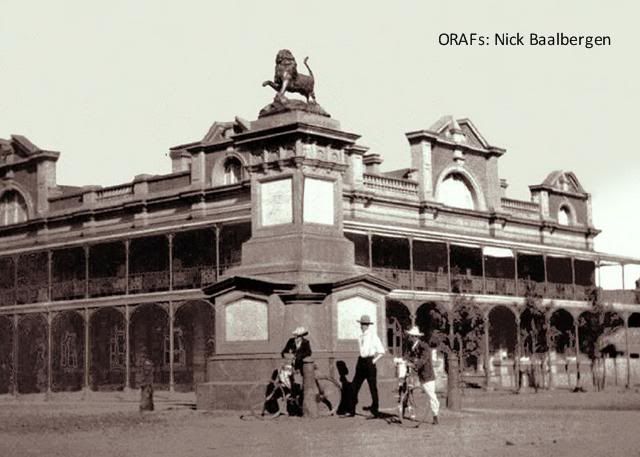
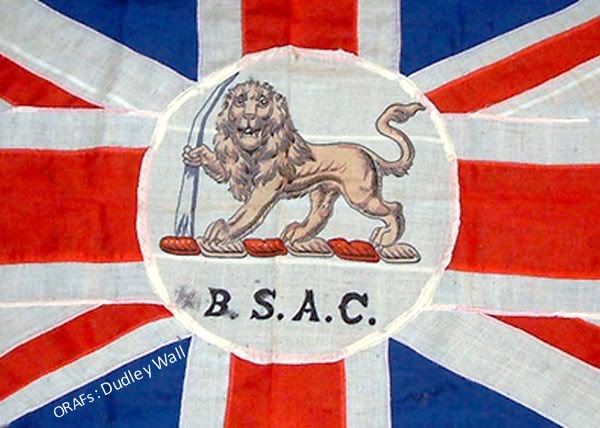
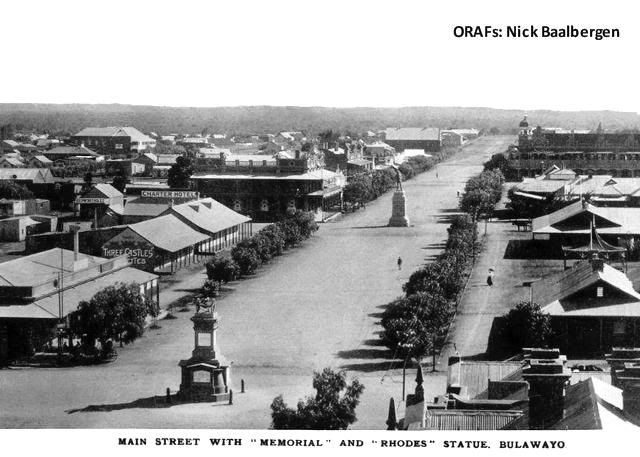
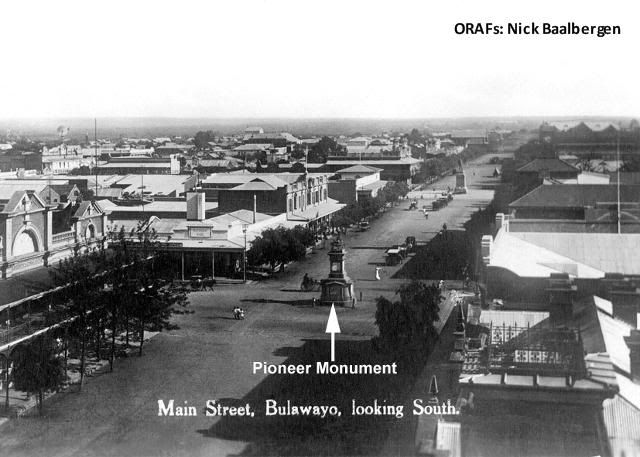
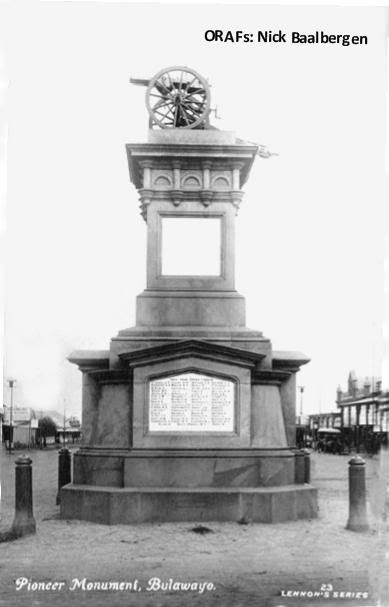
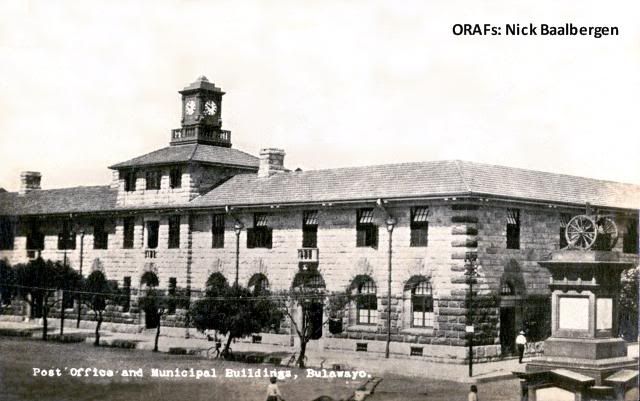 ?
?
The article below appeared in the booklet titled "Occupation of Matabeleland - A Souvenir", published in 1933. It is the first original source I have come across, relating the short history of the 'Lion'.
A Lion Bulawayo Did Not Like
THIS is not the usual type of lion story they tell in Rhodesia. It concerns a lion of bronze which was made to crown the memorial erected to the fallen in the Matabele Rebellion of 1896. The townspeople of that time took a violent objection to the appearance of the lion. They called it the " poodle Lion " - and other names. Then one day the decision to remove the lion was made and the Gardner gun, which played such a prominent part in subduing the Matabele, took its place. The lion's degradation could not have been more complete. For years it lay neglected in a yard. It was later dragged into the light again and mounted on a low stone base in the Public Park, where hundreds of happy children at play made it their " horse."
The lion came into prominence again this year. Round about Easter some practical joker gave it a very liberal coat of bright red paint, and all Bulawayo laughed at the result of this midnight frolic. The municipal authorities a day or two later had the red paint scraped off and a coat of pale yellow paint was applied. The yellow lion drew crowds of amused spectators for a day or two. Then one morning the town had another laugh, for the practical joker had returned to the scene and painted blue stripes on the body of the lion.
At the time of writing the practical joker is " one up " on the municipal authorities, and it would appear that the honours in this battle of paint pots are likely to rest with him. Anyway, the joke, like the paint on the lion, has now worn thin.
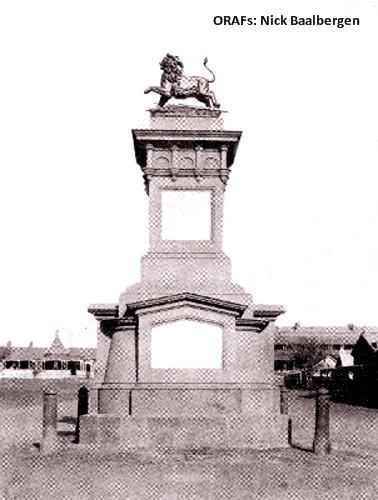
Above: How the monument in Main Street appeared before the " poodle" lion was removed. The monument is a striding landmark to-day, with the famous Gardner gun on top.
End
Thanks to Nick for sharing his memories and photographs/postcards with ORAFs.
Comments are always welcome - please send them to Eddy Norris on orafs11@gmail.com
Peter Harley Writes (4 April 2012):-
The Gardner Gun was on display in the Bulawayo Natural History Museum until at least 2004 and is probably still there.
Attached are some photographs I took at that time.Feel free to make use of them in any way you wish.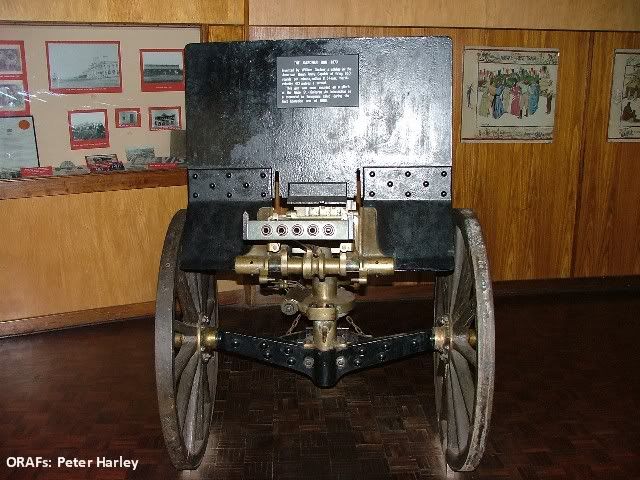
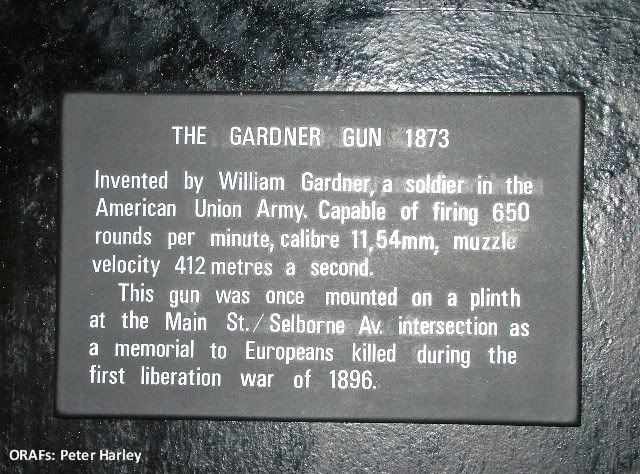
Text Reads:
THE GARDNER GUN 1873
Invented by William Gardner, a soldier in the American Union Army. Capable of firing 650 rounds per minute, calibre 11,54mm. muzzle velocity 412 metres a seco
This gun was once mounted on a plinth at the Main St./Selborne Av. intersection as a memorial to Europeans killed during the first liberation war of 1896.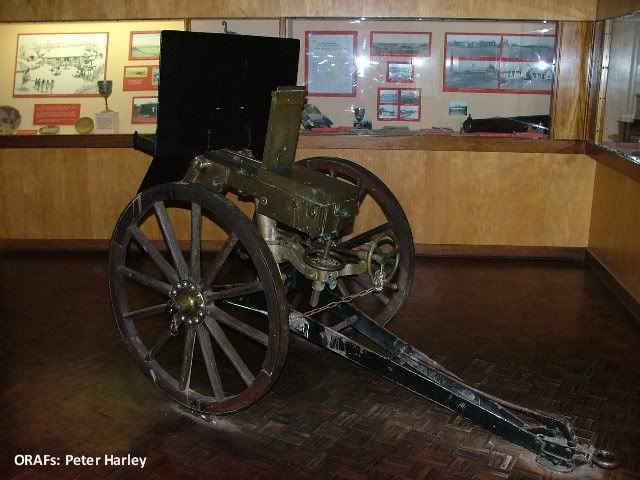

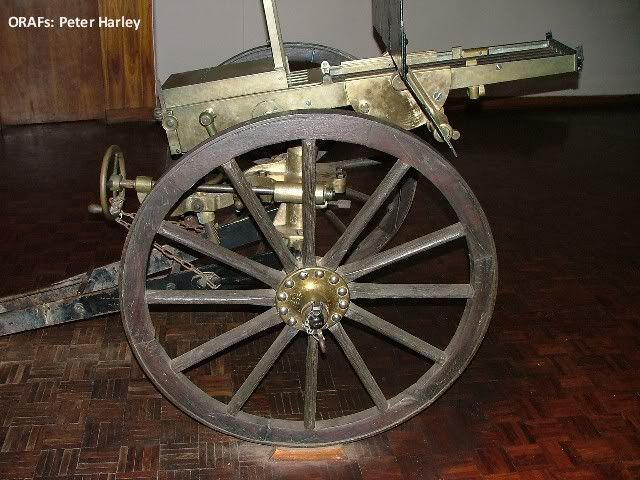
Thanks to Peter for sharing his photographs and memories with oRAFs.
No comments:
Post a Comment